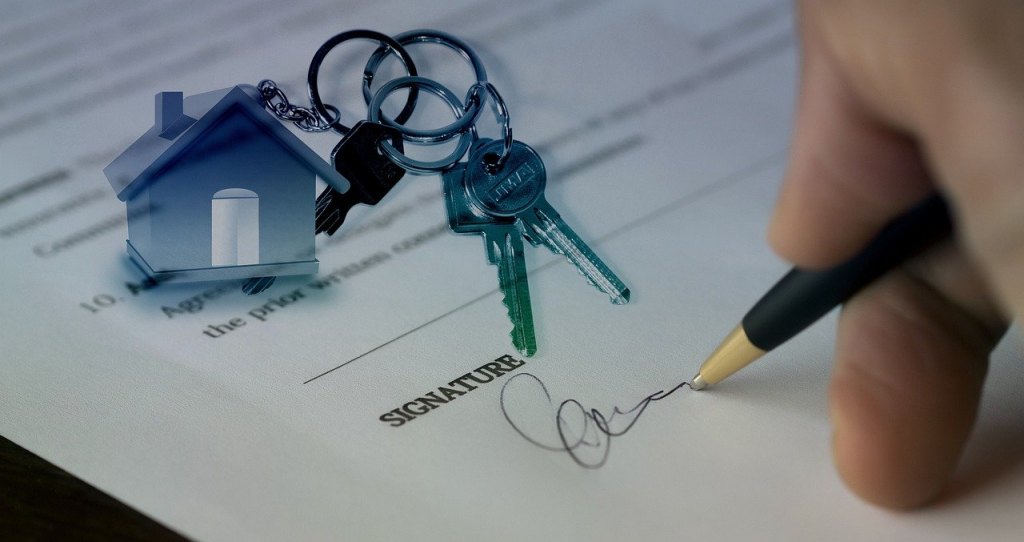
Source: pixabay
The housing market correction has begun.
The Fed raised interest rates by another 0.75 percentage points this week. The move is the third of such hikes that aim to bring down demand and pull inflation back to sustainable levels.
Based on a few market indicators, the Fed’s strategy seems to be working. The housing market is responding to high mortgage rates evidenced by the decline in the sales of previously-owned and newly built homes through the summer. Data from the National Association of Realtors (NAR) showed that existing-home sales were down 0.4% from July and 19.9% from a year ago. Also, The S&P Dow Jones Indices recorded the cities of Seattle, San Francisco, San Diego, Los Angeles, and Denver had negative price growth from May through June.
The Fed is poised to deliver another round of a three-quarter-point hike in November and a half-point hike in December. This leads many economists and analysts to anticipate a full-blown housing market correction to happen late this year or in early 2023.
As mortgage rates go up, the demand for homes is likely to tumble even lower. The low demand will cause homes to remain in the market longer. This will in turn increase supply, reduce bidding wars, and help return buying and selling prices back to normal levels. Analysts at Goldman Sachs project that property prices will stagnate completely, with 0% growth in 2023.
“From a sort of business cycle standpoint, this difficult correction should put the housing market back into better balance,” Fed Chair Jerome Powell said in a press conference.
Housing Market Correction: Impact Depends on Different Factors
Will a housing market correction be good or bad? The answer is, it depends on where you are in the order of things.
As with anything in real estate, location has a significant impact on prices. While a handful of cities have experienced negative price growth, many metropolitan areas are still battling rising home inflation. For example, prices are still rising in large cities such as Chicago, Miami, and Tampa.
Moreover, markets that were overvalued in the past are more likely to feel the impact of a correction. Boise, Idaho, for instance, was considered by industry experts as the most overvalued market in the US. A correction here will be bad news for home sellers who’ve enjoyed a nearly 40% increase in property prices throughout the coronavirus pandemic. But it’s going to be good news for home buyers. Other cities that are experiencing overvaluation include Phoenix and Tucson, Arizona, northeast Florida, and the Carolinas.
Aside from location, labor shortages and problems in the supply chain that make it hard to get materials for construction are also factors that slow down the construction of new homes. Builders are not able to add new inventory. Without the added inventory, it’s harder to bring down home prices. Thus, buyers, especially first-time home buyers, would still have a hard time competing with investors and people who pay in cash.
Rental Prices Will Also Change
These factors will also likely impact rental property. While some areas might experience a softening rental market, others will continue to see high rent prices due to migration. Landlords or property managers through their property management software could better monitor the housing market and adjust rent prices accordingly.
For example, rental prices in New York City dipped during the COVID-19 lockdowns as people moved out of the city. Meanwhile, Boise, Idaho experienced higher rental rates as people moved to more affordable centers with bigger spaces. Now, workers are going back to their offices and the situation is slowly reverting to what it was prior to the pandemic.






















Leave a comment!